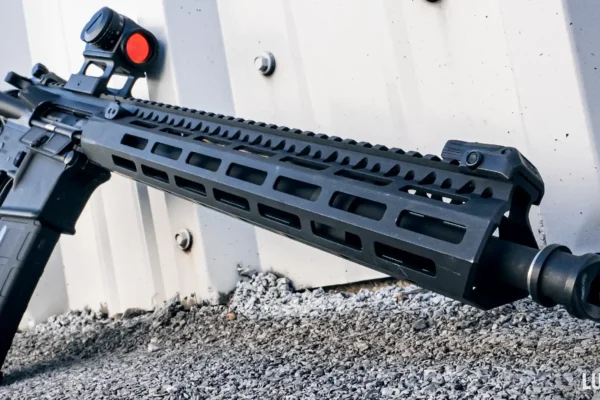The U.S. Supreme Court on Monday declined to review challenges to laws in Maryland and Rhode Island that restrict the ownership and sale of assault-style weapons and high-capacity magazines. By refusing to take up the appeals, the Court let stand lower court rulings that upheld the constitutionality of these state-level gun control measures. This decision marks a significant moment in the national debate over the scope of Second Amendment protections and the ability of states to enact firearm regulations tailored to public safety concerns. Maryland’s ban, enacted in 2013 following the Sandy Hook Elementary School shooting, prohibits the sale and possession of certain semiautomatic rifles, including popular models like the AR-15 and AK-47. The law was intended to limit civilian access to weapons often used in mass shootings. In a similar move, Rhode Island passed legislation in 2022 that prohibits magazines capable of holding more than 10 rounds of ammunition. Lawmakers in both states argued that these laws were critical tools for reducing gun violence and protecting communities from weapons designed for rapid and sustained fire. Gun rights advocates, including individual plaintiffs and firearms associations, argued that both the rifles and magazines in question are commonly owned for lawful purposes, such as self-defense and sport shooting. As such, they contended that the bans violate the Second Amendment. However, federal appeals courts sided with the states, ruling that the governments had the authority to restrict access to certain classes of weapons that are not deemed essential for self-defense and pose heightened risks to public safety. The Supreme Court’s decision to stay out of the cases came without comment, as is customary when the Court declines review. However, three conservative justices—Clarence Thomas, Samuel Alito, and Neil Gorsuch—issued a dissent, expressing frustration that the Court has continued to sidestep important Second Amendment questions. Justice Thomas wrote that the Court has an obligation to clarify how lower courts should evaluate modern firearm regulations, especially after the Court’s landmark 2022 decision in New York State Rifle & Pistol Association v. Bruen, which emphasized historical context when judging gun laws. Justice Brett Kavanaugh, while not joining the dissent, issued a separate opinion suggesting that the Court may eventually need to weigh in on the constitutionality of assault weapons bans. His comments hinted at an openness to future cases that could further define the limits of firearm regulation under the Second Amendment. Until then, however, states will retain broad authority to implement their own gun control laws, especially when such measures are upheld by regional appellate courts. The Supreme Court’s inaction comes at a time of heightened national tension over gun violence, with mass shootings continuing to prompt calls for legislative reform. Advocates on both sides of the gun control debate are watching closely to see how the Court may shape the future of firearm rights in America. For now, the rulings in Maryland and Rhode Island stand as legal precedents allowing states to enact aggressive measures aimed at curbing access to high-powered weapons and large-capacity magazines.









